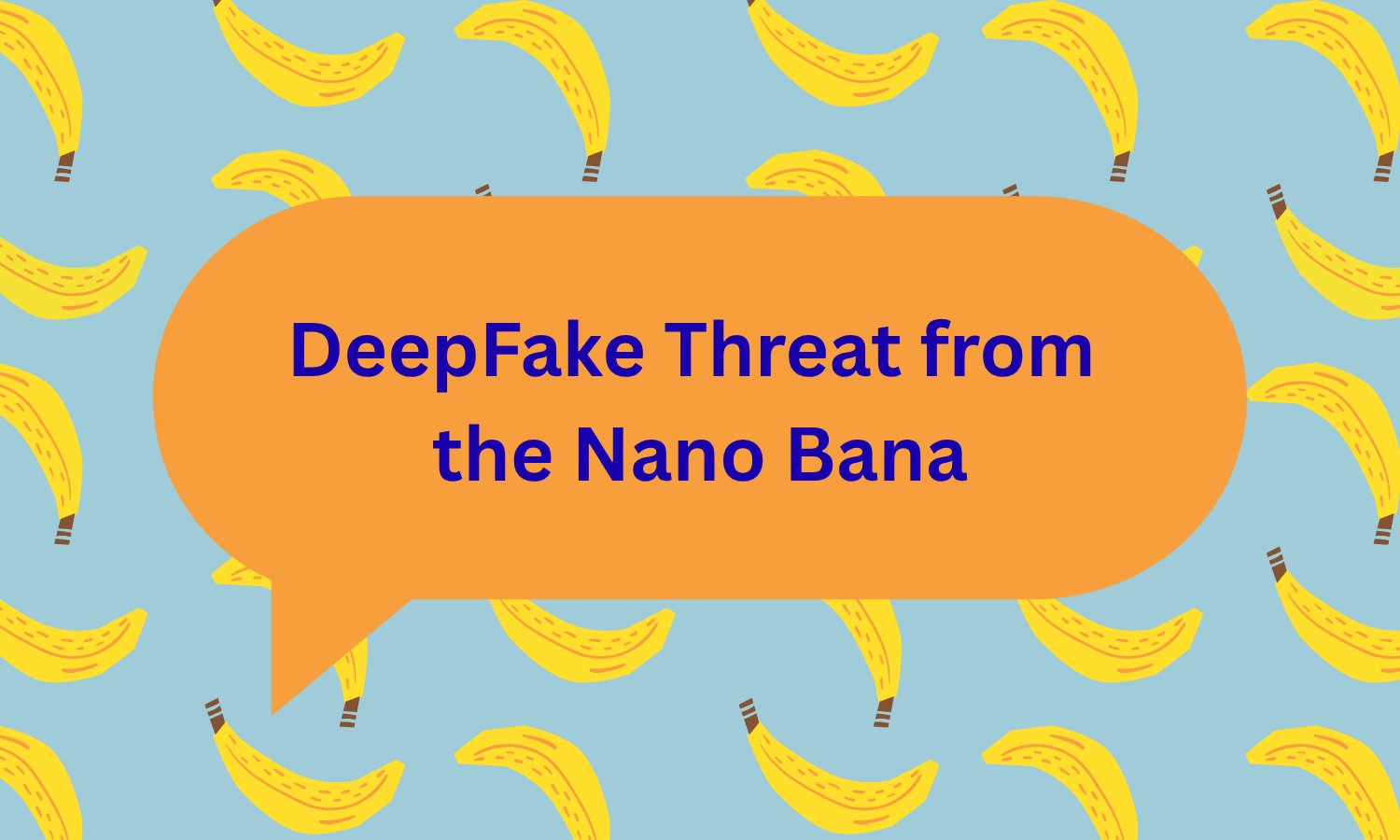The New Deepfake Threat: Why Nano Banana's 'Character Consistency' is an Ethical Minefield
By dunghv, at: Nov. 20, 2025, 3:05 p.m.
Estimated Reading Time: __READING_TIME__ minutes


Google's "Nano Banana" (officially Gemini 2.5 Flash Image) has taken the internet by storm, lauded for its uncanny ability to generate and edit images with remarkable precision. Its most celebrated feature? Character consistency. This means you can ask the AI to change outfits, settings, or even expressions, and the same person or character will faithfully reappear in each iteration. On the surface, it’s a creative marvel, streamlining workflows for designers and offering endless fun for casual users.
But let's peel back the cheerful yellow skin of this "Nano Banana" and examine its less palatable implications. This very breakthrough (the seamless preservation of identity across multiple generated images) transforms it into an unprecedented ethical minefield, dramatically escalating the deepfake threat.
The Deepfake Accelerator
Previously, creating convincing deepfake sequences required significant technical skill and computational power to ensure the subject remained consistent frame-to-frame. Generative AI could produce realistic individual images, but maintaining the same face, body, and even subtle identifying features through a series of edits was a monumental challenge.
Nano Banana obliterates this barrier. Imagine being able to:
-
Place a public figure into a compromising situation, repeatedly changing the background or narrative details while their face remains undeniably "theirs."
-
Fabricate an entire sequence of events featuring an individual, where each new image builds on the last, all stemming from a single initial prompt or reference.
-
Generate hyper-realistic, multi-scene fake advertisements or endorsements featuring unsuspecting individuals.
The fidelity and ease with which Nano Banana achieves this consistency means that sophisticated identity forgery, once limited to a tech-savvy few, is now within reach of anyone with a prompt.
Vietnam, as an example, has seen a lot of reported issues with DeepFake.
Eroding Trust and Amplifying Misinformation
The consequences are chilling - it is already proved. In an era already grappling with widespread misinformation, Nano Banana adds rocket fuel to the fire. Our ability to discern fact from fiction, especially in visual media, is further compromised. A single, coherent narrative, backed by seemingly authentic sequential images, can be crafted to manipulate public opinion, discredit individuals, or even incite unrest. As a result, we don't trust the Internet at all.
While Google has safety guardrails in place to prevent the generation of harmful content, the very nature of an AI designed to preserve identity across edits inherently opens the door to misuse. The line between harmless alteration and malicious fabrication becomes dangerously thin (mostly invisible), and the ability to detect such subtle, consistent fakes becomes a race against increasingly powerful AI.
The Ethical Imperative
As "Nano Banana" continues to evolve, the ethical imperative for robust countermeasures becomes paramount. This isn't just about watermarks, it's about developing new forms of digital provenance, strengthening media literacy, and fostering a critical public discourse about the trustworthiness of what we see online. The convenience of "character consistency" comes with a profound responsibility, one that society is just beginning to confront.
We really worry about our young generation, they won't be able to differentiate between the truth and the fake news.





